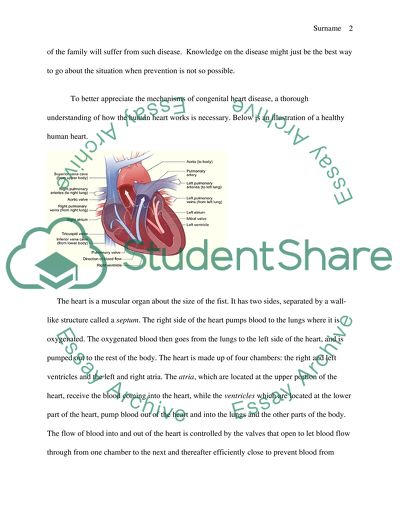Cite this document
(“Congenital Heart Disease Essay Example | Topics and Well Written Essays - 2000 words”, n.d.)
Retrieved from https://studentshare.org/miscellaneous/1536228-congenital-heart-disease
Retrieved from https://studentshare.org/miscellaneous/1536228-congenital-heart-disease
(Congenital Heart Disease Essay Example | Topics and Well Written Essays - 2000 Words)
https://studentshare.org/miscellaneous/1536228-congenital-heart-disease.
https://studentshare.org/miscellaneous/1536228-congenital-heart-disease.
“Congenital Heart Disease Essay Example | Topics and Well Written Essays - 2000 Words”, n.d. https://studentshare.org/miscellaneous/1536228-congenital-heart-disease.


